Romanticism and Fantasy: The Gothic
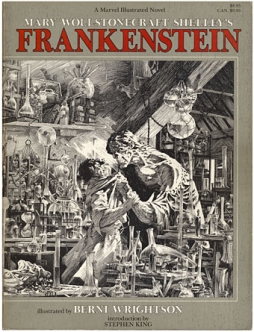 This is the fifth in an ongoing series of posts about Romanticism and the development of fantasy fiction; you can find previous installments here, here, here, and here. To recap so far: I’ve looked at the emergence of the fantastic in English literature in the 18th century up to about 1789, noting that it was connected to a strain of antiquarianism. Then I looked at developments in French literature, which included the creation of a tradition of literary fairy tales as well as stories based on the Arabian Nights; last week I looked at German writing, and noted that the 1789 publication of Friedrich Schiller’s popular Der Geist-Sehrer, The Ghost-Seer, helped foster a tradition of popular horror writing in German which had a complex relationship of mutual influence with another horror tradition in England. That English tradition is what I aim to write about this week: the Gothic novel.
This is the fifth in an ongoing series of posts about Romanticism and the development of fantasy fiction; you can find previous installments here, here, here, and here. To recap so far: I’ve looked at the emergence of the fantastic in English literature in the 18th century up to about 1789, noting that it was connected to a strain of antiquarianism. Then I looked at developments in French literature, which included the creation of a tradition of literary fairy tales as well as stories based on the Arabian Nights; last week I looked at German writing, and noted that the 1789 publication of Friedrich Schiller’s popular Der Geist-Sehrer, The Ghost-Seer, helped foster a tradition of popular horror writing in German which had a complex relationship of mutual influence with another horror tradition in England. That English tradition is what I aim to write about this week: the Gothic novel.
Today, the adjective ‘gothic’ implies a certain aesthetic, deriving from the word’s use to describe a certain kind of horror writing that had its height in the 1790s. That usage is a largely modern phenomenon. At the time, writers of books we now call ‘gothic’ mostly described their works as ‘romances.’ (Certain critics, incidentally, have argued that gothic writing is distinct from Romanticism proper; my definition of Romanticism is broad, and certainly includes works self-consciously written in the romance tradition.)
Why ‘gothic’? Before about the middle of the 18th century, ‘gothic’ referred to the Germanic peoples who sacked Rome, and by extension to the Middle Ages that followed the fall of the Western Roman Empire. ‘Gothic’ therefore also meant things that were outdated or obsolete, and particuarly all that was crude or tasteless. It tended to imply superstition, and the marvellous. It was implicitly opposed to the classical. As an adjective, it could mean English or German, Druidical, Norman, Tudor, even, in some contexts, ‘Oriental’.
 This is the latest in a series of posts about Romanticism and the development of fantasy. You can find prior posts
This is the latest in a series of posts about Romanticism and the development of fantasy. You can find prior posts 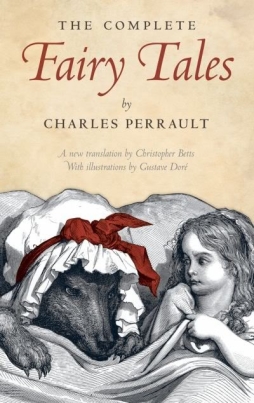 In my
In my 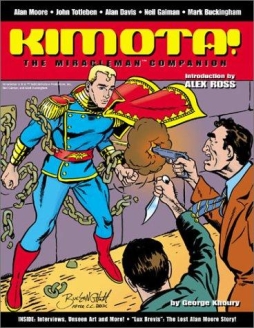 I’m going to take a break this week from the Romanticism and Fantasy posts, because I’ve just finished a fascinating book, and I’d like to talk about it. It’s not a new book, and it’s not a fiction book. It is in fact mainly a collection of interviews about a comic-book character who hasn’t seen print (officially) in almost twenty years. The book is called Kimota!, and the character has been known both as Miracleman and, originally, Marvelman.
I’m going to take a break this week from the Romanticism and Fantasy posts, because I’ve just finished a fascinating book, and I’d like to talk about it. It’s not a new book, and it’s not a fiction book. It is in fact mainly a collection of interviews about a comic-book character who hasn’t seen print (officially) in almost twenty years. The book is called Kimota!, and the character has been known both as Miracleman and, originally, Marvelman.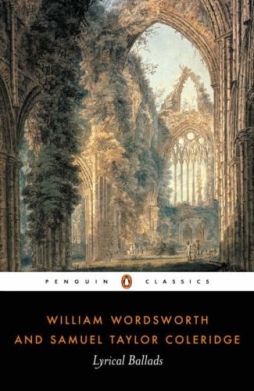 Last week,
Last week, 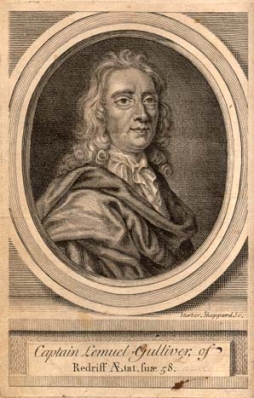 By way of beginning a discussion about Romanticism and fantasy, I’d like to take a quick look at where the Romantics came from. If Romanticism was a revolt against Reason, what was Reason understood to be? If Romanticism, as I feel, is essentially fantastic, is Reason opposed to fantasy? To know Romanticism is to know the Enlightenment which it was reacting against, so in this post I’ll try to describe some characteristics of the 18th-century Enlightenment in England that seem relevant to the development of fantasy. I’ll go up to about 1760, and then in my next post point out some of the counter-currents and proto-Romantic elements that were developing at the time and after.
By way of beginning a discussion about Romanticism and fantasy, I’d like to take a quick look at where the Romantics came from. If Romanticism was a revolt against Reason, what was Reason understood to be? If Romanticism, as I feel, is essentially fantastic, is Reason opposed to fantasy? To know Romanticism is to know the Enlightenment which it was reacting against, so in this post I’ll try to describe some characteristics of the 18th-century Enlightenment in England that seem relevant to the development of fantasy. I’ll go up to about 1760, and then in my next post point out some of the counter-currents and proto-Romantic elements that were developing at the time and after. 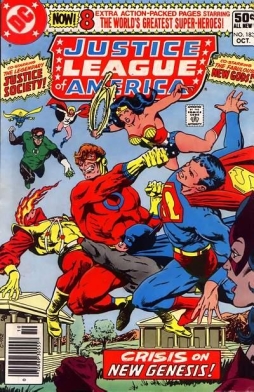 I was planning to start the series of posts on Romanticism and fantasy this week, but something came up in the last few days that I’d like to write about; particularly since it seems to resonate with
I was planning to start the series of posts on Romanticism and fantasy this week, but something came up in the last few days that I’d like to write about; particularly since it seems to resonate with 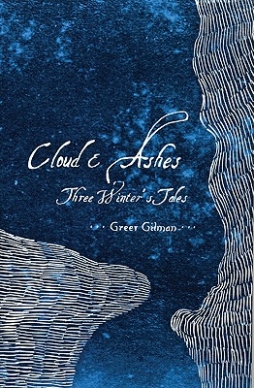 I recently finished reading Greer Gilman’s second novel, 2009’s Cloud & Ashes. I’ve never come across Gilman’s first book, Moonwise, but I’m now looking forward to tracking it down.
I recently finished reading Greer Gilman’s second novel, 2009’s Cloud & Ashes. I’ve never come across Gilman’s first book, Moonwise, but I’m now looking forward to tracking it down.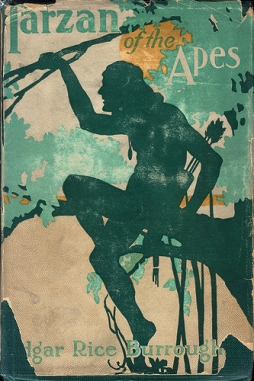 Before continuing the series of posts on Romanticism that I talked about last week, I’d like to write about a couple of subjects I’ve had on my mind for a while. First up is Q.D. Leavis, and her book Fiction and the Reading Public.
Before continuing the series of posts on Romanticism that I talked about last week, I’d like to write about a couple of subjects I’ve had on my mind for a while. First up is Q.D. Leavis, and her book Fiction and the Reading Public.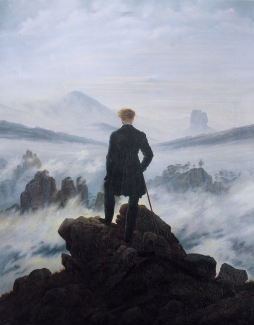 I’ve been thinking over the past few days about last week’s post on
I’ve been thinking over the past few days about last week’s post on